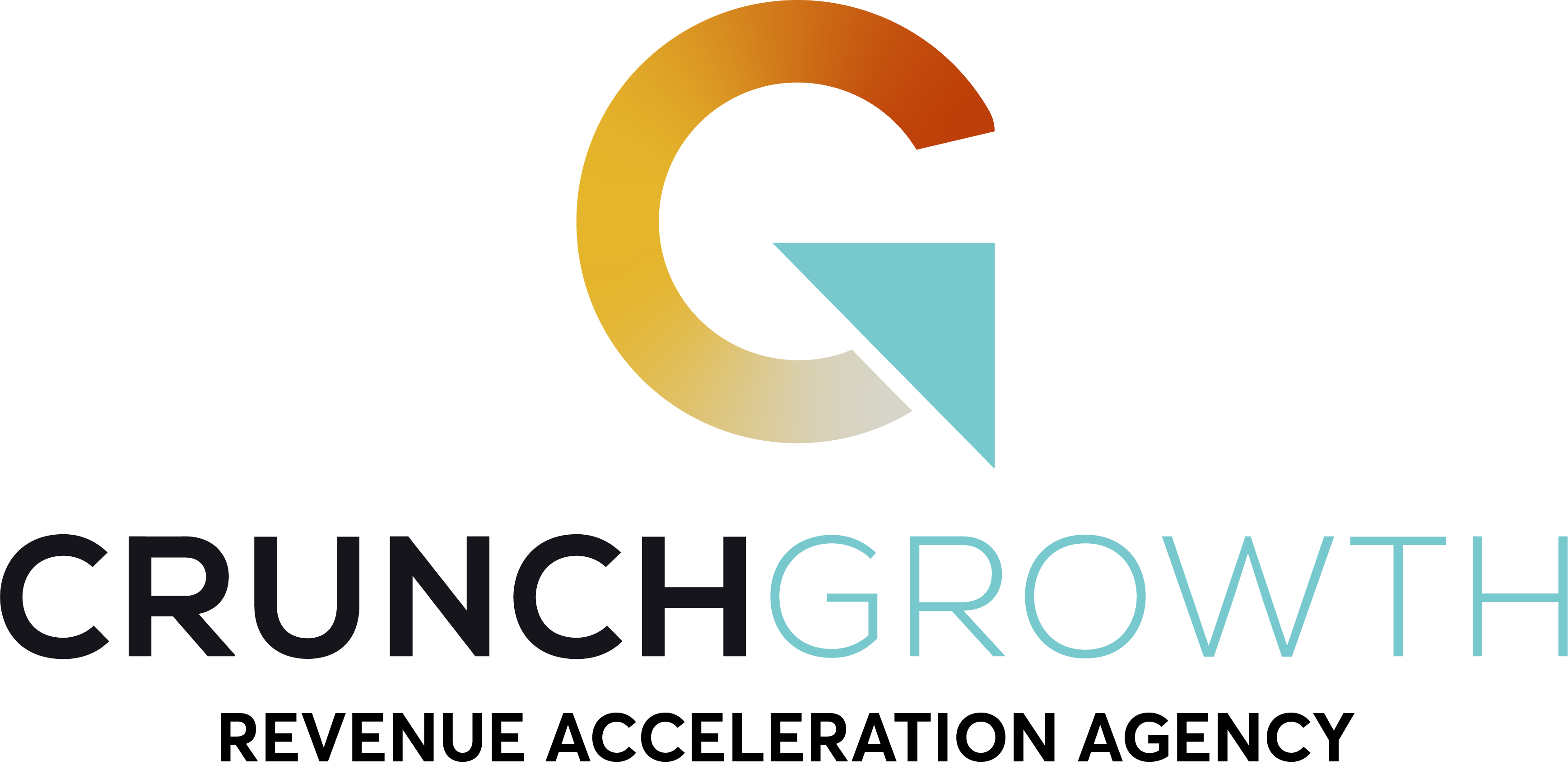How does PPC advertising work?
Winning PPC campaign requires certain factors. First, we research and select the right keywords. Next, we work these keywords into organized campaigns and ad groups. However, landing pages determine conversion. The landing page should correspond with the optimized keywords. Search engines reward advertisers who create relevant campaigns. When you set up your targeted ads correctly, you get more coverage. In addition, proper setup lowers cost-per-click. Optimize ads and landing pages with the user experience in mind.
Getting Started with Pay-Per-Click Advertising
Before you set up your PPC campaigns, do your research. Keep in mind, keyword research allows you to target specific clients. Maximize your ad’s reach by selecting appropriate keywords. What is your audience searching for online? Observe your customer’s behavior. Meet customers where they are. With this intention, you can gain their attention.
Keyword Research
A successful PPC campaign requires research. Keyword relevance represents customer search behavior. Keywords are popular terms and phrases people use when they search online. You want potential customers to see your ad. Given that certain terms trend, you want to keep your campaigns up-to-date. To find the right terms, brainstorm possible phrases and avenues and research them.
Review Your Website
Next, research possible synonyms and similar phrases. Remember to list keywords that are searched for organically. Make sure you cover a broad enough list that customers don’t slip through the cracks.
Use Google Keyword Planner
Google Keyword Planner is a valuable (and free) tool. It can significantly improve the quality of your keyword list. Use it in conjunction with the keywords you gathered from your site. Google Keyword Planner will suggest additional relevant keywords. This tool gives you access to competitor keywords. These specifics allow you to choose the best performers. Refine your list to remove the words that are unnecessary.
Your Audience is the Focus
At times, you can lose focus of the main goal. Your customer is the focus. Don’t allow your workload to distract you from your audience. Above all, you must pay attention to customer needs and concerns. Objectively asses your business from the customer perspective. Tunnel-vision can inhibit your ability to see flaws in your work. However, your customer can inform you of potential improvements. Actively listen to criticism and complaints. Know your customer intimately. This information will strengthen your ability to serve them.
Don’t Oversaturate Your Campaign With Keywords
Having a long list of keywords is great. However, all keywords don’t carry the same weight. With this in mind, focus on quality instead quantity.
• Stay Focused
Your keywords need to be specific. Generic keywords will broaden the results with other competition. In that case, your campaign won’t stand out. Conversely, overly specific keywords limit your campaign’s reach. A happy medium will reach the right customers. Your keywords should attract interested clients and potential customers.
• Review the Competition
Many businesses attempt to use the most popular keywords. However, the more popular a search term is, the more competition. Your ad won’t stand out if other businesses are competing for the spot. On the flipside, low-competition keywords will drive up your cost. Find a balance between these two extremes.
Choose a Payment Type
There are two different methods for financing your campaigns.
• Prepaid
Prepaid campaigns allow you to pay upfront. The benefit here is that you set the campaign price before launch. As the impressions and clicks come in, Google charges the down payment. This method is good for sticking to a specific budget. When your balance gets low, Google will notify you. If the campaign is performing, you can choose to replenish payment.
• Postpaid
Postpaid campaigns are billed after your ad’s clicks reach their maximum threshold. With this option, you set a billing limit on your campaign.


Creating Pay-Per-Click Ads
• Title
Use relevant keywords in your title. This is essential to capture your audience’s attention. If the title doesn’t grab the customer, they’ll move on. Consider the barrage of stimuli we encounter daily. Pop-up ad, notifications, banner ads, and emails are just a few. You need to stick out to succeed. Remember to think objectively through the mind of your target audience. People buy solutions to their problems. Considering this, position your ad to offer benefits. You are selling the benefit, not the product.
• Description
The description must be concise and to-the-point. This text conveys value to your customer. Write text with transparency and creativity. Represent your brand’s personality. Connect with your clients.
• Landing Page
Your landing page should correspond to the ad. The user clicked on the ad for the information specified. Many marketers make the mistake of linking a home page. We don’t recommend this. Customers shouldn’t have to click too many times to find the information. Linking a relevant page with increase conversion. In addition, you can create a dedicated landing page for the ad. That page should contain a single action. If you’re advertising a face mask, the landing page should be the product page. Purchasing should be available on the first page the customer lands on.
Post-Launch Campaign Tips
Cost-Per-Click
The formula to calculate cost-per-click is:
total amount spent on ad ÷ total clicks = CPC
The cost-per-click needs to be reasonable. A PPC campaign is only successful if the CPC is sustainable.
Conversion Rates
PPC campaigns convert potential customers into buyers. This is the only factor that determines campaign success. The effectiveness of a PPC campaign is the conversion. Ideally, you want a conversion rate close to 100% of total ad clicks. However, each industry has a different standard. Aim to beat the market averages for your industry.
Monitoring
A smart PPC marketer needs a proper measurement strategy. Separate your ads to reach specific audiences. Separate ads based on location, devices, products, etc. Refine your campaign and monitor results. Keeping track of these factors will reveal best practices.
Data-Driven Approach for Successful PPC Ads
As shown above, successful PPC campaigns need consistent monitoring. By paying attention to detail, you can set up a cost-effective campaign. Analyze your audience. Create a foundation for healthy advertising campaigns. Successful campaigns convert for a low CPC.
After launch, you need to keep your eye on the performance. Adjust it as necessary and monitor the results. Stay on top of trends. Perform A/B testing regularly. Monitor PPC account data. If you follow this guideline, you will run successful campaigns with ease.


